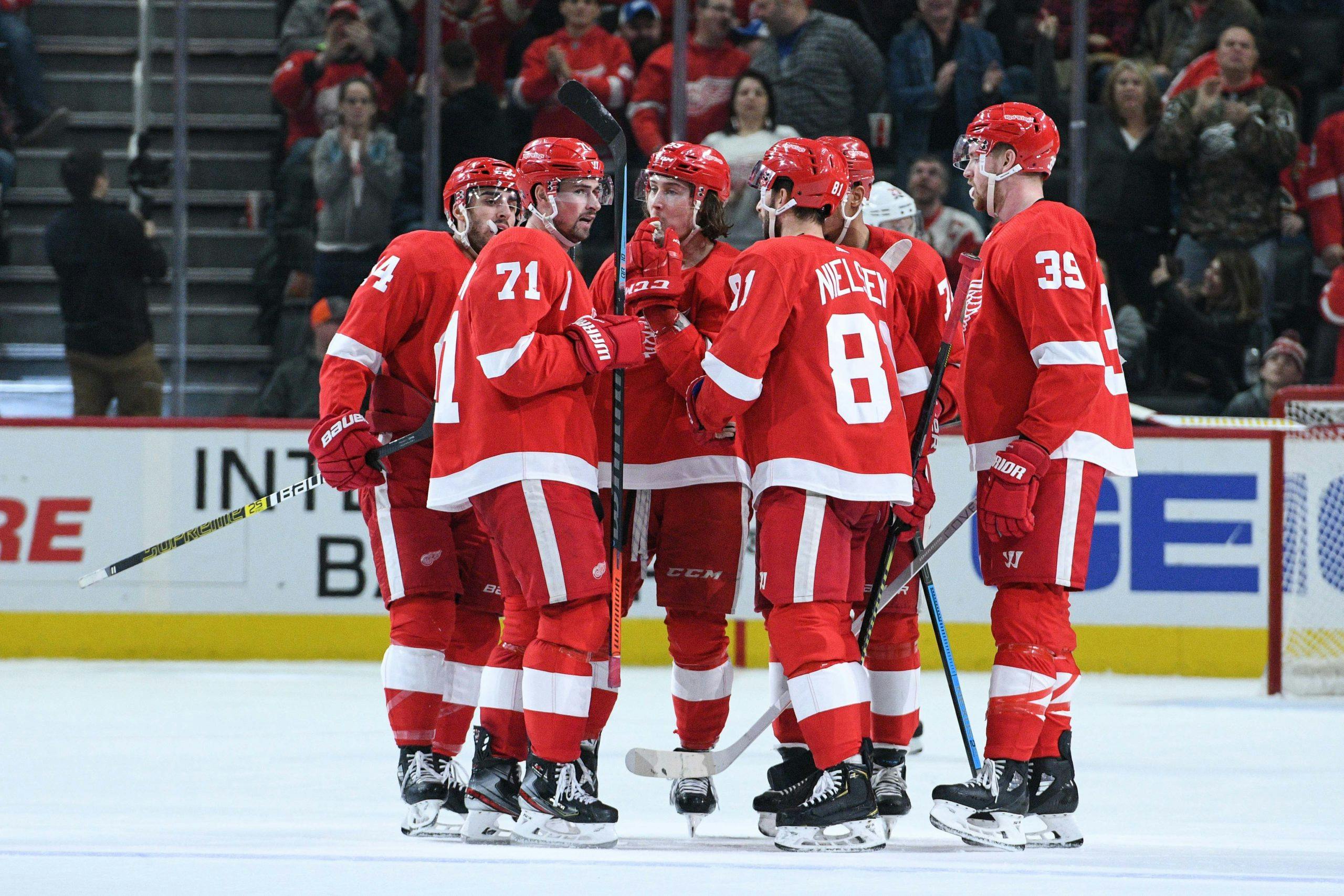Back in August, 24 teams entered the Edmonton and Toronto bubbles and gave fans 65 days of non-stop hockey. While it was amazing to have hockey back, it was definitely a little eerie watching games without the roar of the crowd. At the time, this was assumed to be a temporary measure, as health experts and NHL officials predicted fans would be back in the building cheering for their team when 2021 rolled around. But COVID continues to affect every aspect of our life and the sports realm is no different. The 2021 season is going to begin without fans and, in all likelihood, will end without them as well.
The ‘no fan-factor’ means management will need to adjust their rosters accordingly, but for players, their ability to adjust to the mental challenges could make the difference between hoisting the Stanley Cup in July or golfing in May. Let’s be honest, the majority of these players haven’t had to play meaningful games without a crowd since they first laced ‘em up. These are the best of the best, and whether it was Pee-wee, Bantam or Junior, the raucous fans have always been there. Removing this important variable will uniquely affect the psyche of each and every player: some will revel in the silence, while others will detest it. And with the season right around the corner, it felt important to look at some of the psychological factors these players will be dealing with.
Social Facilitation (Audience Effect) –
This effect refers to research that suggests that when people know they are being observed, parts of the brain associated with reward and social awareness improve their motor skills, which thereby enhances performance at skilled tasks. In a research study done by the California Institute of Technology, 20 participants performed a task and were paid a small amount of money depending on how well they did. The task involved playing video games with and without an audience present. Subjects were hooked to a functional magnetic resonance imaging (fMRI) machine so that those brain areas activated during the task could be observed. When an audience was present, the prefrontal cortex – associated with social cognition and awareness of the thoughts and intentions of others – stimulated the ventral striatum, which controls motor skills. Results supported that 18 of the 20 subjects performed better when the audience was present, with some showing an improvement of nearly 20% relative to playing without an audience.
Subsequent research has demonstrated that this audience effect differentially affects individuals, suggesting that each NHL player may respond differently to playing without a packed arena. Like the two subjects in this study, some may benefit from the lack of an audience, however the vast majority of players will likely see a decrease in their overall performance. This effect will likely be heightened for those seven teams that did not play in the bubble last season and missed out on getting a taste of playing without fans, disposing them to start the season at a disadvantage. While this won’t be an excuse for poor performance, it can at least offer fans insight into the new mental challenges these players will be facing.
Spotlight Effect –
The spotlight effect is a cognitive bias in which people tend to believe they are being observed and noticed by others more than they really are. This causes us to overestimate the likelihood that people will notice negative things about us. In our day-to-day, this could be an ugly shirt we wore to a party, something embarrassing we said during a group project, or in a sports sense, a mistake made during the game. However, sport-related research demonstrates that this hyperawareness of what others are thinking is mitigated by the distracting effects of a raucous crowd. In laymen’s terms: fans distract players from fears of judgment, so they tend to perform better when they’re around.
Thus, with 56 games being played without fans, the spotlight effect will be in full force, propelling this variable to morph into something that players have never experienced before. Will it help players not to have real-time feedback from fans, scrutinizing their every move? Or will it hinder them as they become more aware that their teammates, coaches, and viewers are being critical of their play? Time will tell.
The Perfect Distraction –
Most players will tell you that they play their best when they aren’t thinking, they’re just reacting. Be it through muscle memory, habits formed in practice or just general hockey sense, it protects a player from second guessing themselves. The distraction the fans provide is two-fold. While it can help them avoid the aforementioned spotlight effect because they are so used to being judged by the fans, they can become more likely to value the judgement of their teammates more. With the former removed from the equation, players could become vulnerable to pay closer attention to and derive more meaning from criticisms that arise from within. This could negatively affect team chemistry. In addition to the helpful effects of distraction, a study performed in the United Kingdom showed that seeing fans smiling in the crowd yielded a 12% increase in an athlete’s work effort. It is also worth noting that fatigue was decreased by 8% when players heard chants and cheers from, as well as saw banners waving in the crowd.
While the perfect distraction will certainly affect most players’ performance, the 4th-line role is unique to hockey. The 4th-liners are often referred to as ‘Energy Guys,’ who have learned to feed-off the atmosphere of the crowd for their entire career. This season, that external motivation will be removed from the equation, forcing these Energy Guys to generate their own internal motivation. As an outsider, it’s easy to expect them to play their hardest, whether fans are cheering or not. But the average 4th-line center plays 12:35 minutes of ice-time a game and, depending on power-plays and game situations, are often left sitting on the bench for extended periods of time. In the past, they could reignite their energy by hopping over the boards and laying a huge hit that would bring the crowd to their feet. But now a big hit will be met with silence, which will force players to muster their own intrinsic motivation. Performance will certainly suffer if they are unable to do so. Let’s hope every team has a hype-up song playing on repeat…
The Impact on the Wings –
The Wings are one of the aforementioned seven teams that are going to be at a disadvantage to start the season. Hopefully it won’t take them long for them to adjust to the new norm, but they will be faced to deal with the learning curve of playing without fans. Anthony Mantha is looking to rebound from a disappointing season alongside Tyler Bertuzzi and Dylan Larkin. I wouldn’t anticipate these three having any issues without fans because they will be seeing a lot of ice time, both even-strength and on the power play. The Wings don’t have a clear 3rd and 4th line established because the play of Valtteri Filppula and Frans Nielsen have been on a steady decline. The lack of fans could leave the veterans vulnerable to lethargic play and an inability meaningfully impact games.
It will also be interesting to see how new-comer, Thomas Greiss performs playing behind a defense that is significantly worse than he had last season in New York. Facing 45 shots a game is a lot different in an empty arena then it is with a crowd cheering for every save. Will the German native be able to withstand the mental grind? Or will Jonathan Bernier be utilized more than expected? Openly being in a rebuild will offer the Wings one primary advantage, as they’re basically playing with house money. Combine that with the fact that the fans in Hockeytown aren’t known for their patience, the young core could benefit from being able to play without any pressure from the fans in Detroit. Regardless, COVID has made this a season we will never forget, and it will be interesting to see how these new variables will affect a Wings team that finds themselves in the same division as last year’s Stanley Cup winner and runner-up.
Twitter:@Jonesinthezone

